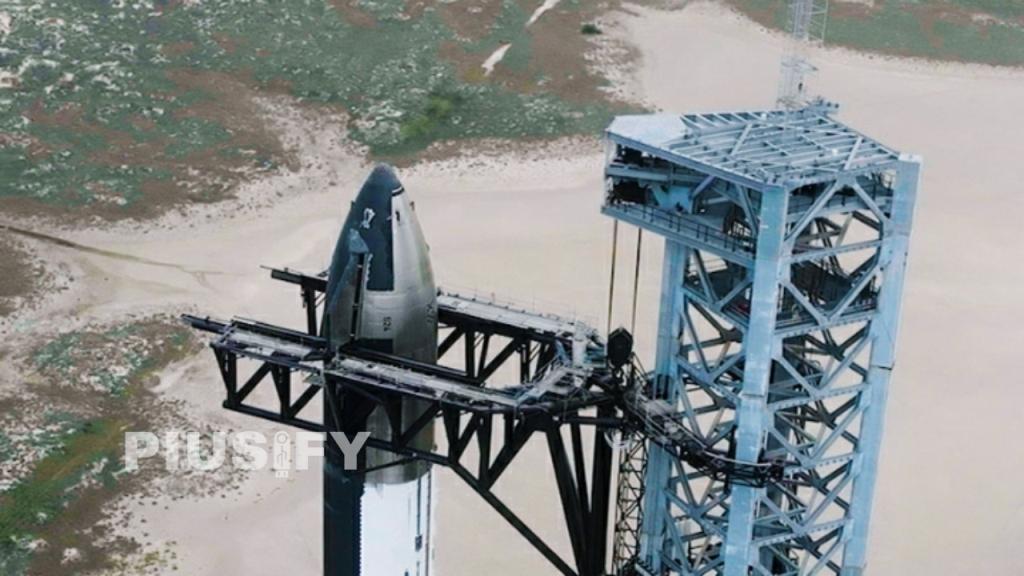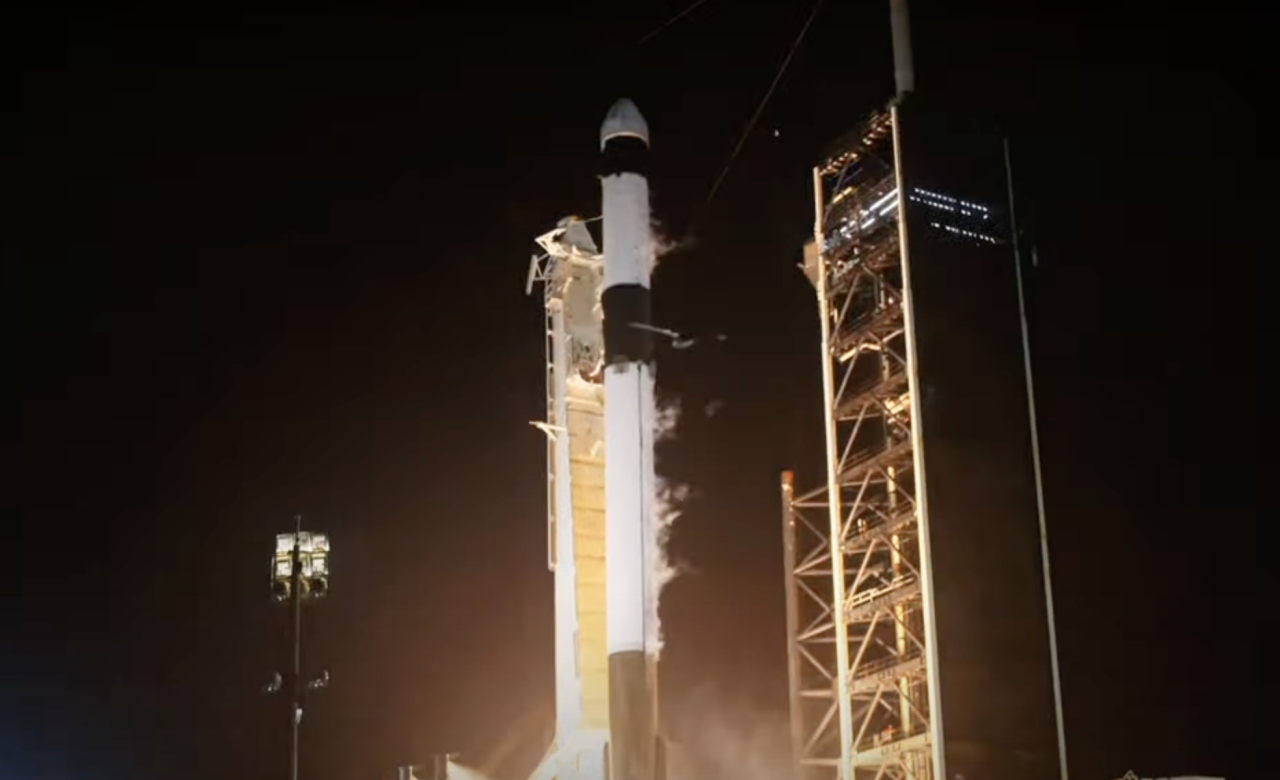Elon Musk Twitter Response
Elon Musk is known for his innovative ideas and visionary approach to business. As the founder and CEO of SpaceX, he has made significant contributions to the space industry. However, despite his many successes, he has also faced his fair share of setbacks. Recently, one of SpaceX’s Starship prototypes exploded during a test flight, prompting a response from Musk on Twitter.
In this blog post, we will analyze Musk’s Twitter response to the incident, providing insights into his leadership style, his approach to crisis management, and his overall attitude towards failure. By examining Musk’s response, we can learn valuable lessons about how to respond to setbacks and challenges in both our personal and professional lives.
-
Background on the Starship explosion

On December 9, 2020, SpaceX launched SN8, the first high-altitude test flight of their Starship prototype rocket. The Starship is designed to be fully reusable and capable of carrying both crew and cargo on long-duration, interplanetary flights.
The test flight was a major milestone in the development of the Starship, but unfortunately, it did not go as planned. While attempting to land the rocket after the test flight, an explosion occurred, destroying the Starship prototype.
The explosion was a setback for SpaceX and the development of the Starship, but CEO Elon Musk was quick to respond on Twitter. He acknowledged the failure and promised to fix the issues before the next test flight.
Musk’s response on Twitter sparked a conversation about the importance of transparency and accountability in the tech industry, and how leaders like Musk can use social media to communicate with the public during times of crisis.
-
Elon Musk’s initial tweet about the explosion
Elon Musk’s initial tweet about the Starship explosion was short and to the point. He simply tweeted “RIP SN10, honorable discharge” with a video of the explosion. This tweet immediately caught the attention of his millions of followers and the media alike.
It is interesting to note that despite such a significant setback, Elon Musk chose to use light-hearted language instead of expressing disappointment or frustration. This may have been a conscious choice to show that failure is a part of the process and that the SpaceX team is not afraid to take risks and learn from their mistakes.
Furthermore, the use of the term “honorable discharge” is a nod to the military tradition of honoring those who have served, even in death. This choice of words may have been an attempt to show respect to the SN10 prototype that had served its purpose in the testing phase.
Overall, this tweet shows Elon Musk’s ability to communicate with his audience in a concise and effective manner while also highlighting his unique personality and leadership style.
-
Elon Musk’s follow-up tweet with more information

After the initial tweet regarding the Starship explosion, Elon Musk quickly followed up with additional information about what went wrong. His next tweet read,
“Fuel header tank pressure was low during landing burn, causing touchdown velocity to be high & RUD, but we got all the data we needed! Congrats SpaceX team hell yeah!!”
This tweet provided more technical information about the cause of the explosion and showed that the team had still accomplished their goals despite the setback.
This type of transparency is not uncommon from Musk, as he has always been open about the successes and failures of SpaceX. By providing this additional information, Musk not only showed that the team was still able to gather important data, but he also demonstrated his commitment to the company’s mission of advancing space exploration. Additionally, this tweet helped to ease concerns and provide reassurance to those who were worried about the incident.
Overall, Musk’s follow-up tweet served as a reminder of the importance of transparency and communication, even in the face of failure. Rather than hiding or downplaying the incident, Musk and SpaceX acknowledged the problem and used it as an opportunity to learn and improve. This approach is not only admirable, but it also inspires confidence and trust in the company and its leadership.
-
Analyzing Musk’s use of humor in his response
One interesting aspect of Elon Musk’s Twitter response to the Starship explosion was his use of humor. Despite the setback, he chose to inject some levity into the situation with a tongue-in-cheek comment about the SN10 rocket being “fine, it just has a little leak.” This response not only showed his ability to handle the situation with grace and humor but also allowed him to connect with his audience in a more relatable way.
Humor can be a powerful tool in social media, especially in moments of crisis. It can help to defuse tension, show a human side to a situation, and create a stronger bond with your audience. In Musk’s case, his use of humor also helped to shift the focus away from the negative aspects of the explosion and towards the positive aspects of the Starship program as a whole.
However, it’s important to remember that humor can also be risky. What one person finds funny, another may find offensive. It’s important to use discretion and ensure that any humor used is appropriate for the situation and audience. In Musk’s case, his humor was well-received and helped to further solidify his reputation as a quirky and innovative leader in the tech industry.
-
The impact of Musk’s transparency on public perception

Elon Musk’s transparency on social media has been a defining characteristic of his leadership style. His willingness to share updates on projects, respond to customer concerns, and even make jokes on Twitter has garnered him a massive following and a reputation as a relatable and down-to-earth CEO.
However, this transparency was put to the test when the Starship explosion occurred. Instead of trying to hide the failure or downplay it, Musk was upfront and honest about what had happened. He shared videos and images of the explosion and offered explanations for what had gone wrong.
The impact of this transparency on public perception cannot be overstated. Rather than causing a loss of trust, Musk’s honesty and openness actually increased his credibility in the eyes of many. People appreciated the fact that he was willing to admit failure and work to fix the problem. It also helped to humanize the brand and make it feel more approachable.
This is a lesson that other companies can learn from. While it’s natural to want to hide failures or mistakes, being honest and transparent can actually be a powerful tool for building trust and credibility with customers. By admitting fault and working to make things right, companies can show that they are committed to delivering quality products and services, even if they don’t always get it right the first time.
-
Comparing Musk’s response to other CEO’s in similar situations
It’s fascinating to compare Elon Musk’s response to the Starship explosion on Twitter to other CEO’s responses in similar situations. In the past, some CEOs have remained silent, while others have issued carefully crafted statements that often sound insincere.
However, Musk’s response was refreshingly honest and transparent. He acknowledged the failure, explained what went wrong, and promised to learn from the experience. This level of openness and vulnerability is rare in the world of corporate communication.
Moreover, Musk’s response was not limited to a single tweet. He engaged with followers, answered questions, and provided ongoing updates. This level of transparency and accessibility is also rare in the world of corporate leadership.
Overall, it is clear that Musk views Twitter as a powerful tool for communicating with his customers and supporters. He understands that it is not enough to simply issue a press release or a statement from a corporate spokesperson. Instead, he is willing to engage directly with his audience, even in the face of negative news. This approach has helped him to build a loyal following and establish himself as a leader who is willing to take risks and learn from his mistakes.
-
How Musk’s response aligns with the overall branding of SpaceX
Elon Musk’s response to the recent Starship explosion on Twitter not only showcased his personal style but also aligned with the overall branding of SpaceX. Musk has always been known for his witty and humorous tweets, and his response to the explosion was no exception.
In his tweet, he stated, “SN10 has re-landed in one piece! RIP SN10, honorable discharge.” This tweet not only acknowledged the failure of the Starship prototype but also showcased SpaceX’s resilience and determination to continue pushing the boundaries of space exploration.
This type of response aligns perfectly with SpaceX’s brand image of being a company that is not afraid to take risks and push the limits. Their motto, “SpaceX designs, manufactures, and launches the world’s most advanced rockets and spacecraft” also emphasizes their commitment to innovation and pushing the boundaries of what is possible.
Musk’s response on Twitter not only addressed the situation but also helped to reinforce the image of SpaceX as a company that is not afraid to take risks and is committed to pushing the limits of space exploration. This type of branding can ultimately lead to increased customer loyalty and a stronger reputation in the industry.
-
The role of social media in modern crisis communication
Social media has become an essential part of crisis communication in today’s digital age. It is a powerful tool that can be used to disseminate information to the public and address concerns in real-time. Elon Musk’s Twitter response to the Starship Explosion is a prime example of the role social media plays in modern crisis communication.
Within minutes of the explosion, Musk took to Twitter to provide updates on the situation, including what had caused the explosion and what steps his team was taking to address the issue. He also issued an apology to his followers for the incident, which showed his accountability and responsibility as a leader.
Social media allows companies or individuals to communicate directly with their audience in a crisis, which can help prevent false information from spreading. It also provides a platform for companies to show their transparency and authenticity, which can help build brand trust and loyalty.
However, it is important to note that social media should not be the only channel used in a crisis situation. A comprehensive crisis communication plan should include multiple channels, including traditional media outlets, to ensure that accurate information is disseminated to the public.
Overall, social media has become an essential tool in modern crisis communication, and it is important for companies and individuals to understand its role and how to use it effectively in a crisis situation.
-
The effectiveness of Musk’s response in mitigating negative publicity

Elon Musk’s response to the Starship explosion was quick and effective in mitigating negative publicity. His response showed his transparency and willingness to take responsibility for the incident. He made it clear that the explosion was caused by a fuel leak, and he provided a detailed explanation of what happened and how the company plans to prevent it from happening again in the future.
Musk’s response was also effective in reassuring the public and investors that the incident would not derail SpaceX’s plans. He emphasized that the company is constantly testing and iterating, and that setbacks are a normal part of the process. This helped to maintain confidence in SpaceX’s capabilities and its overall mission.
Additionally, Musk’s response was widely covered by the media, which helped to ensure that the narrative around the incident was shaped by his message rather than negative speculation or rumors. This further demonstrates the power of being proactive and transparent in crisis communication.
Overall, Musk’s response to the Starship explosion was a great example of effective crisis communication. By being transparent, taking responsibility, and emphasizing the company’s resilience, he was able to mitigate negative publicity and maintain confidence in SpaceX’s mission and capabilities.
-
Lessons learned from Musk’s response for future crisis communication strategies.
Elon Musk’s response to the recent Starship explosion provides key lessons for businesses and organizations when it comes to crisis communication strategies. Here are some of the most important takeaways:
1. Be transparent: Musk was quick to share updates and information about the incident on Twitter, demonstrating the importance of transparency in crisis communication.
2. Take ownership: Musk took responsibility for the incident and publicly apologized, which can go a long way in building trust and credibility with customers and stakeholders.
3. Use humor wisely: Musk’s use of humor in his tweets was polarizing, with some finding it insensitive and others appreciating the levity. It’s important to carefully consider the use of humor in crisis communication and ensure it’s appropriate and doesn’t detract from the seriousness of the situation.
4. Have a plan in place: Musk and his team were able to respond quickly and effectively to the crisis, likely due to having a plan in place for such scenarios. Having a crisis communication plan in place can make all the difference in how a company or organization handles a crisis.
Related Topic: How Apple iOS merged with Android 12
Overall, Musk’s response to the Starship explosion provides valuable insights into how businesses can effectively communicate during a crisis, emphasizing the importance of transparency, ownership, and preparedness.
Other useful Related topics
Conclusion.
We hope you enjoyed our post on Elon Musk’s Twitter response to the Starship explosion. Musk has always been known for his innovative and forward-thinking approach to business and technology, and his Twitter feed is one of the most popular on the internet.
We analyzed his response to the Starship explosion and found that it was a masterclass in crisis management and transparency. We hope that this analysis has given you some insights into Musk’s leadership style and how he manages his public image. Keep following us for more analysis of the tech industry’s most influential figures.















3 comments